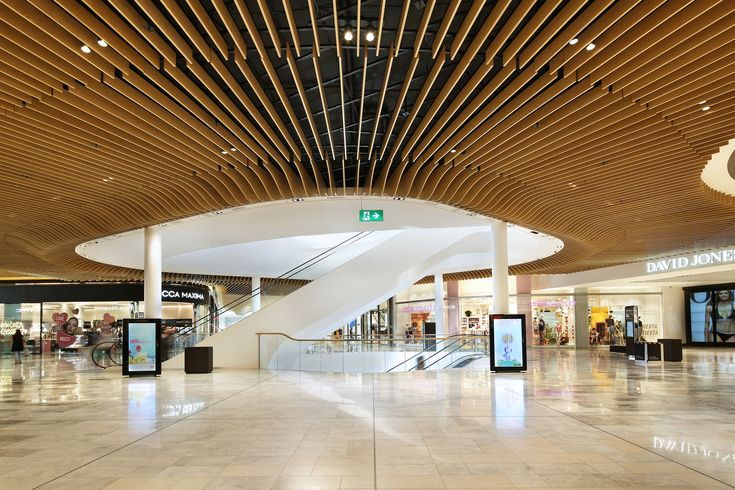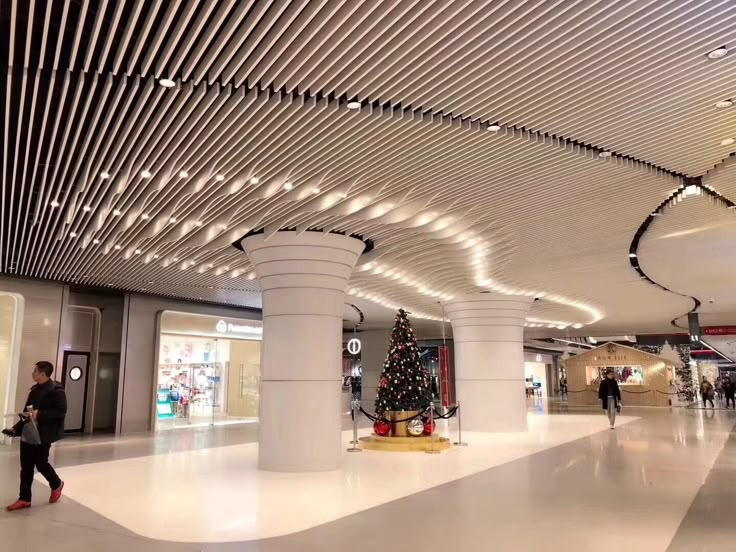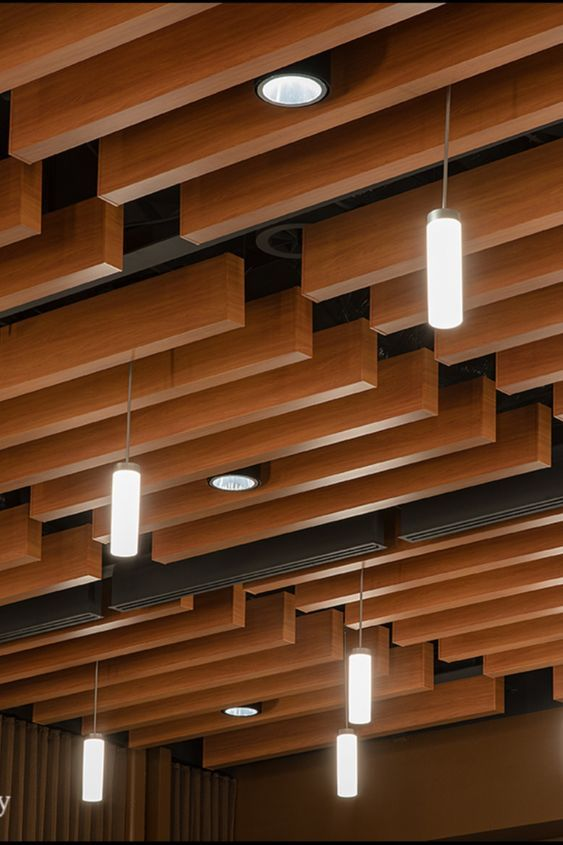aluminum extrusion
Aluminum extrusion is a sophisticated manufacturing process that transforms aluminum alloy into precisely designed profiles by forcing heated material through a die. This versatile technique creates complex cross-sectional shapes that maintain consistent dimensions throughout their length. The process begins with heating aluminum billets to temperatures between 800-925°F, making them malleable but not molten. The heated material is then pushed through a die opening using hydraulic pressure, emerging as a continuous profile that cools and solidifies into the desired shape. This method allows for remarkable design flexibility, enabling the creation of intricate shapes that would be impossible or cost-prohibitive to produce through other manufacturing methods. The resulting profiles can be cut to specific lengths, treated with various finishes, and incorporated into countless applications. Modern aluminum extrusion processes employ advanced technologies for precise temperature control, pressure management, and cooling systems, ensuring optimal product quality and consistency. The technique is particularly valuable in industries requiring lightweight, durable components with excellent strength-to-weight ratios, such as aerospace, construction, automotive, and consumer electronics.


